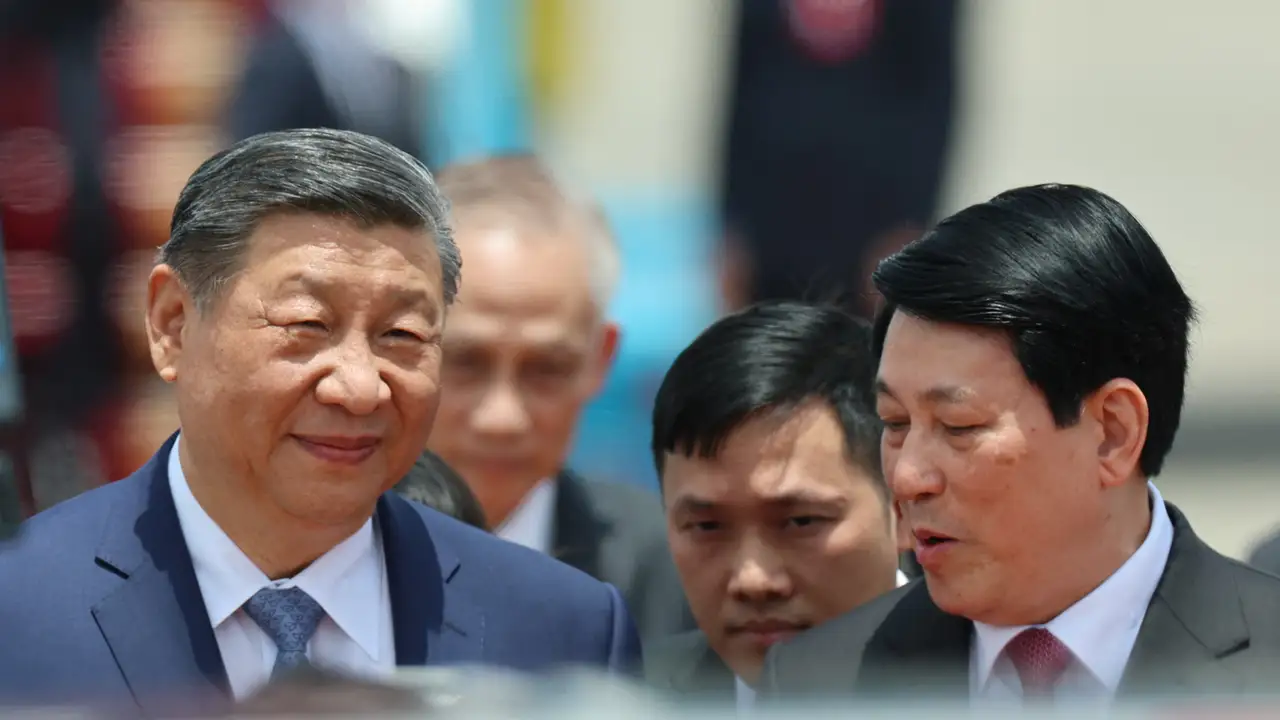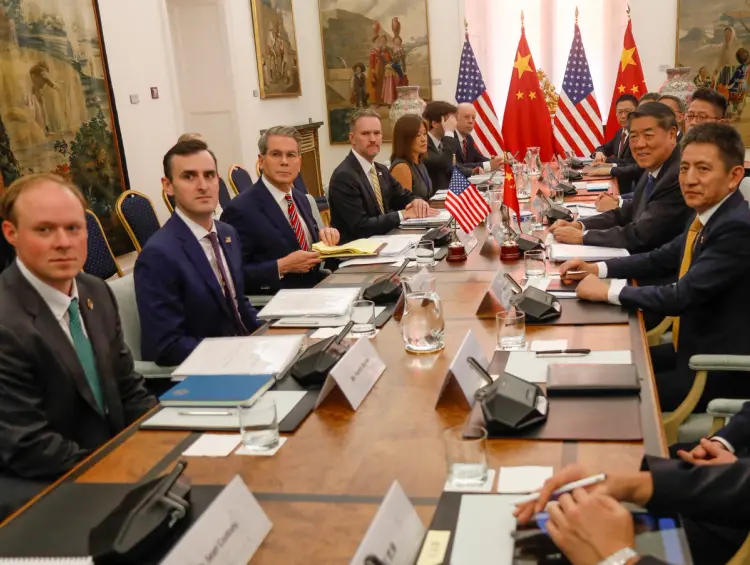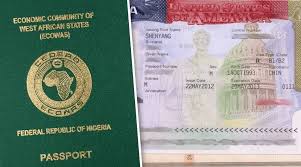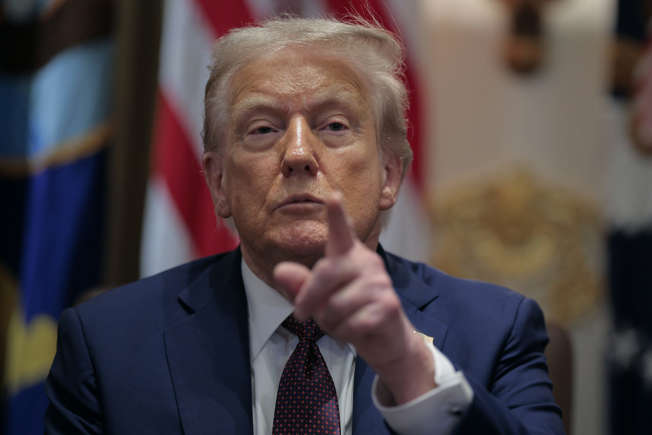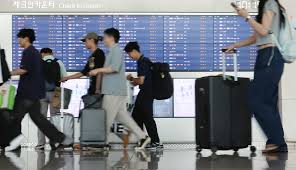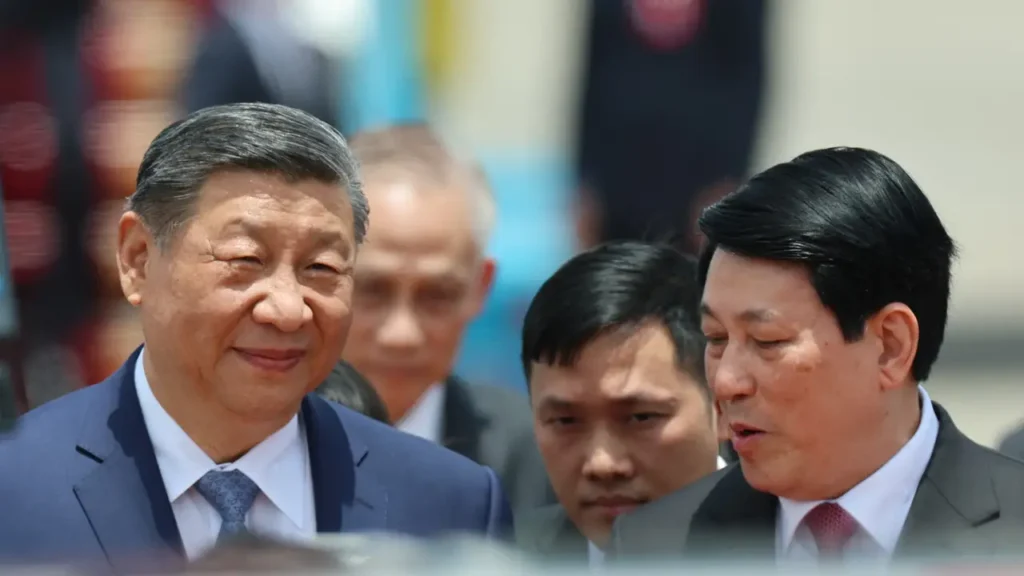
China and Vietnam have strengthened their economic and infrastructure ties by signing key agreements on supply chain cooperation and railway connectivity, signaling deeper collaboration despite historical tensions. Here’s a detailed breakdown:
Key Agreements Signed
- Supply Chain Resilience
- Both nations agreed to enhance cooperation in manufacturing, critical minerals, and cross-border trade to stabilize regional supply chains.
- Focus areas: Electronics (Vietnam is a hub for Chinese tech suppliers), textiles, and agricultural exports.
- Railway Development
- China will support Vietnam’s railway modernization, potentially linking Vietnam’s north-south rail lines to China’s Kunming-Hai Phong network.
- Aims to boost cargo transport and reduce logistics costs between the two countries and ASEAN.
- Trade Targets
- Bilateral trade hit $230 billion in 2023; both sides pledged to further expand trade and investment.
Why It Matters
- Geopolitical Balancing: Vietnam maintains close ties with China while diversifying partnerships (e.g., U.S., EU) to avoid over-reliance.
- Infrastructure Push: Vietnam seeks Chinese expertise (and funding) for transport upgrades but remains cautious of debt risks (see Belt and Road Initiative debates).
- Supply Chain Shift: As global firms diversify from China (Apple, Samsung), Vietnam benefits—but still depends on Chinese raw materials and components.
Challenges & Tensions
- South China Sea Disputes: Territorial conflicts linger, though both sides agreed to “manage differences” during the talks.
- U.S. Influence: Vietnam’s growing U.S. partnership (e.g., semiconductor deals) could test China’s patience.
What’s Next?
- Watch for progress on railway projects (a long-delayed Hanoi-Kunming line is a test case).
- If supply chain integration deepens, Vietnam could become a key node in China-led regional trade networks.
Would you like analysis on how this impacts U.S.-Vietnam relations or ASEAN’s economic strategy?
www.multilinks.biz


